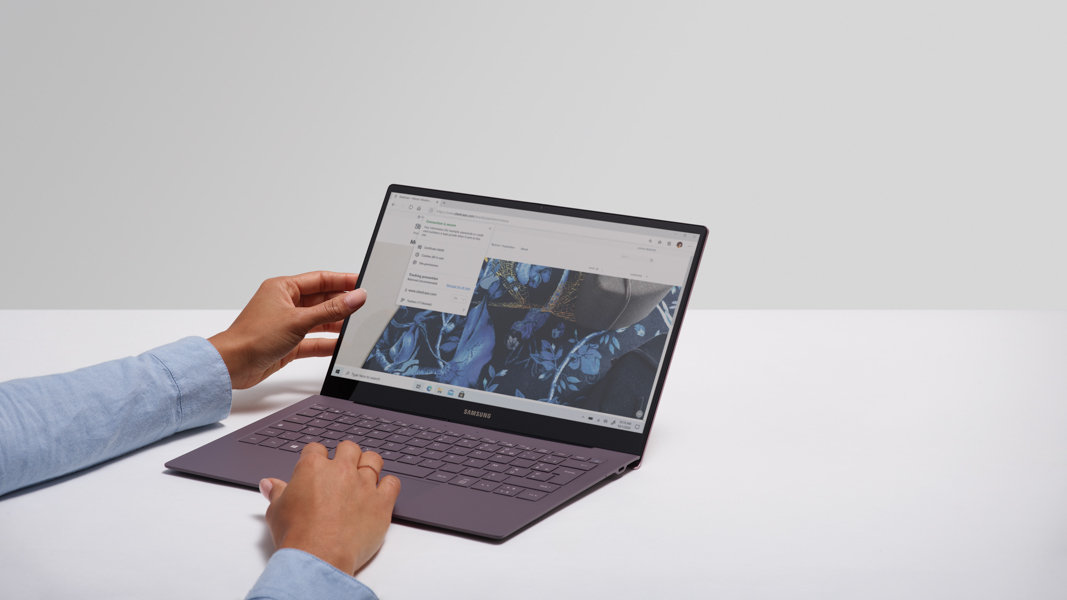
March 6, 2023
What is browser hijacking, and are you at risk?
Key takeaways
- Browser hijacking is a form of malware that alters browser settings without permission by redirecting users to malicious sites to generate ad revenue and potentially steal personal data.
- To prevent browser hijacking, avoid clicking suspicious links, be cautious with downloads, and regularly update your browser.
- Microsoft Edge offers advanced security features like Microsoft Defender SmartScreen and typo protection to correct misspelled URLS and prevent access to malicious sites.
Browser hijacking is one of many forms of malware. Protect yourself from becoming a victim of browser hijacking by learning more about what it is and whether you’re at risk.
What is a browser hijacker?
Browser hijacking, also known as a browser redirect virus, is when malware changes a web browser’s settings without the user’s permission and then redirects the user to a malicious website. For example, the hijacker may change the user’s default search engine to a new search engine. Hijackers do this to generate false advertising revenue. While the user searches on the web through the new search engine that the hijacker installed, the hijacker can redirect the user’s searches to malicious websites. When the victim clicks on links, revenue can be generated for the hackers. Browser hijackers may also add spyware to your browser to get a hold of your personal data, such as passwords or credit card numbers.
How to prevent browser hijacking
There are a few different ways you can protect yourself from becoming the victim of browser hijacking. For one, never click suspicious links, whether they’re online or in an email. It’s especially important that you never click on links from unknown senders. Also, be careful what you download on your computer—the files you download can also corrupt your browser.
Another way to prevent browser hijacking is to use a more secure browser. Microsoft Edge has some of the highest-rated security features. These security features include Microsoft Defender SmartScreen, which is built into Microsoft Edge and automatically scans the websites you visit and the files you download to make sure they’re not malicious. If you come across a malicious site, Microsoft Edge will prevent you from entering it and notify you that the website has been reported as unsafe.
Microsoft Edge also features typo protection. Cybercriminals create websites using misspelled versions of common URLs (also known as typosquatting or URL hijacking). This tricks victims into thinking they’re on trusted websites, which leads them to buy fake products or share personal information. If you misspell a website URL or are directed to a misspelled URL by a hijacker, Microsoft Edge will notify you that the URL is misspelled and give you the option to go to the correct one.
To protect yourself from browser hijacking, it’s also essential to keep your browser and operating system up to date. Whenever a new software update is released, take advantage of it to ensure the best functionality and security. Microsoft Edge automatically updates when you restart your browser, so you’re all set there.
Now that you know more about browser hijacking, you’re less likely to become a victim. To choose the exact level of protection that’s right for you, explore the personalized options for online security in Microsoft Edge today.
- Features and functionality subject to change.
- Articles are written specifically for the United States market; features, functionality, and availability may vary by region.
Products featured in this article

Microsoft Edge
More articles

How to stay safer online

What is cloud gaming?

